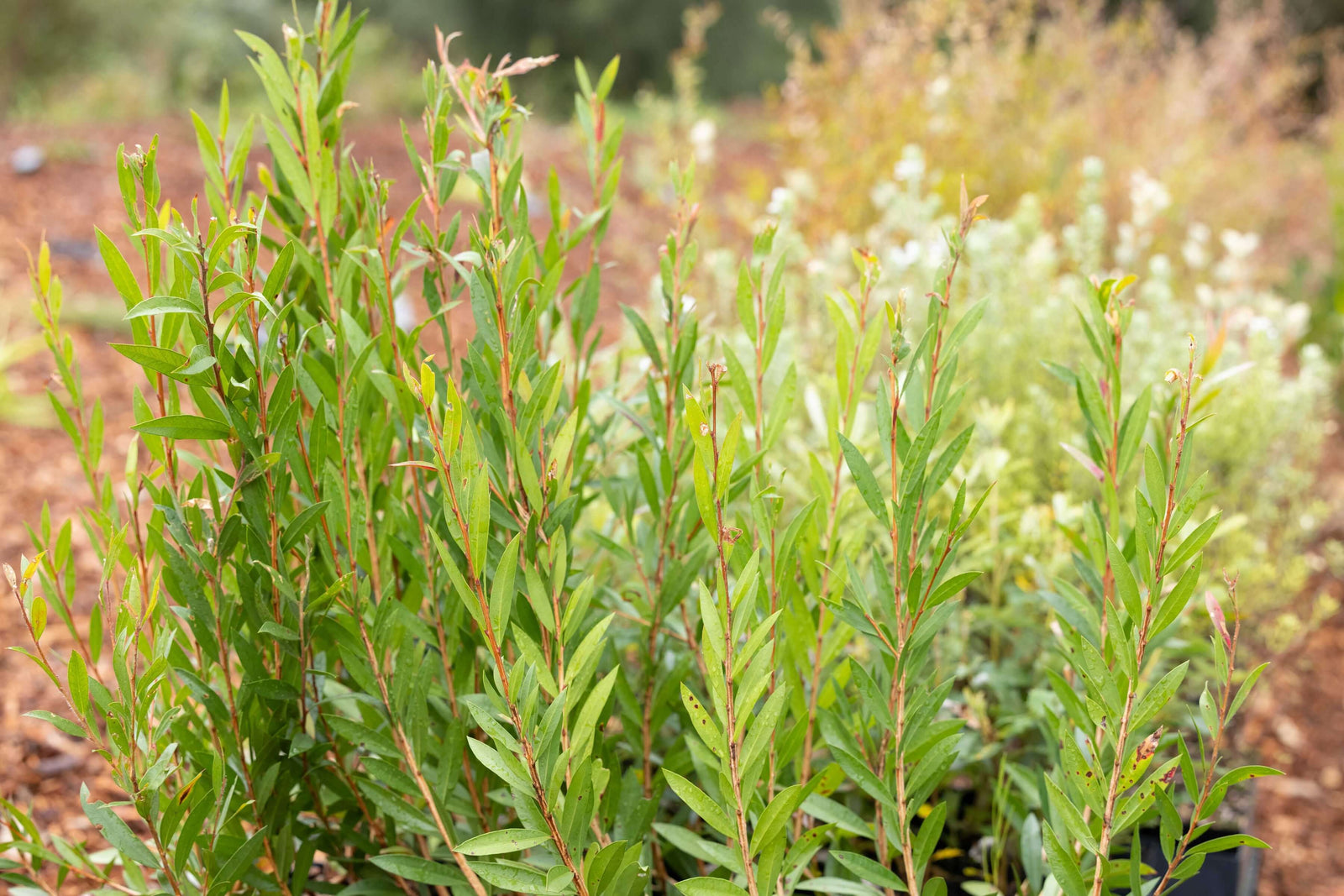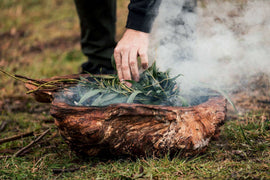One of Australia’s most iconic animals is under threat with the declining rate of koala populations in Eastern Australia.
The plight of koalas has been exacerbated in recent years when more than 60,000 were killed, injured or displaced during the Black Summer Bushfires in 2019 and 2020. These catastrophic events came after koala populations had already been in decline due to climate change, deforestation, and extreme weather events.
This multitude of facts have resulted in the reclassification of koalas as Endangered in NSW, the ACT and Queensland under the Federal Environment Protection and Biodiversity Conservation (EPBC) Act.
The EPBC Act is the key federal legislation in Australia for matters of national environmental significance. Reclassifying koalas to Endangered under this act recognises the challenges faced by the species and solidifies the need to take urgent action to help them.
Greenfleet’s Work To Protect Koalas
One of the key issues impacting koalas in Australia is habitat loss. Through Greenfleet’s reforestation projects, we are planting legally protected native forests that will grow to provide habitat and food sources for these animals.
In 2021, Greenfleet revegetated more than 120 hectares of native koala habitat that will grow beyond this century.
Our Revegetation Team ensures that koala food and habitat tree species such as Strzelecki gum (Eucalyptus strzelecki) and blue gum (Eucalyptus terticornis) are included in our reforestation projects. Blue gum, for example, is a preferred food source for koalas, insects and birds. Over their lifetime, these trees can grow up to 50 metres tall with a trunk diameter of up to 2 metres making them an important addition to projects growing koala habitat.
Read about some of the projects directly benefiting populations of koalas.
Koala Crossing, QLD
In South-East Queensland on land traditionally owned by the Yuggera people, Koala Crossing is helping reconnect habitat corridors for koalas and other wildlife. It is made up of a number of adjoining properties that total 652 hectares of open eucalypt woodland and rocky escarpments, which are prime koala habitat.
These properties form part of the Flinders Karawatha Corridor, which is the largest remaining continuous stretch of open eucalypt forest in South-East Queensland. After years of land clearing in this part of the state, the project at Koala Crossing is restoring and protecting an extensive area of woodland and forest ecosystem that were once dominant in the region.
Since 2019, Greenfleet has revegetated more than 90,000 native trees on this property, including more than thirty different species including the Queensland blue gum. Since the project began, koala populations have increased across the property and as the trees planted by Greenfleet become more established, they will continue to extend this important habitat.
Read more about Koala Crossing here.
Anam Talamh, NSW
Located in the Byron Bay Hinterland on Bundjalung Country in Northern New South Wales, Anam Talamh is being restored with endangered rainforest plant species to build habitat and take critical climate action.
As well as restoring Big Scrub Subtropical Rainforest, this project will extend vital habitat for koalas in the region. So far, nearly 50 hectares have been revegetated with over 70,000 native trees that will be protected beyond this century.
The revegetation work at Anam Talamh will also provide habitat to species such as the wompoo fruit dove, help restore the Skinners Creek habitat corridor and improve the less productive areas of the property.
Read more about Anam Talamh here.
Wurneet Laang Laang, VIC
Located in South Gippsland, on land traditionally owned by the Boonwurrung people, Greenfleet has been revegetating Wurneet Laang Laang since 2016.
More than 60,000 native trees have been planted and some of the species chosen include swamp paperbark (Melaleuca ericafolia), wooly tea-Tree (Leptospermum lanigerium) and mountain grey gum (Eucalyptus cypellocarpa).
While the classification for koalas has not changed under the EPBC Act, the state’s South Gippsland region is home to some of the strongest koala populations in Australia. Within only 5 years some of the trees at Wurneet Laang Laang have grown over 12 metres tall and the area’s Strzelecki koalas have started calling the Greenfleet trees home.
You can read more about Wurneet Laang Laang here.
Through our reforestation projects Greenfleet is growing hope for koalas and other precious native species. Our forests are protected for up to 100 years so the trees we plant today will make a difference for our climate and our wildlife well into the future.
You can read more about how our work supports koala conservation and how you can get involved here.
*Photo credit: Ruth Huckstepp for Noosa District Landcare.





